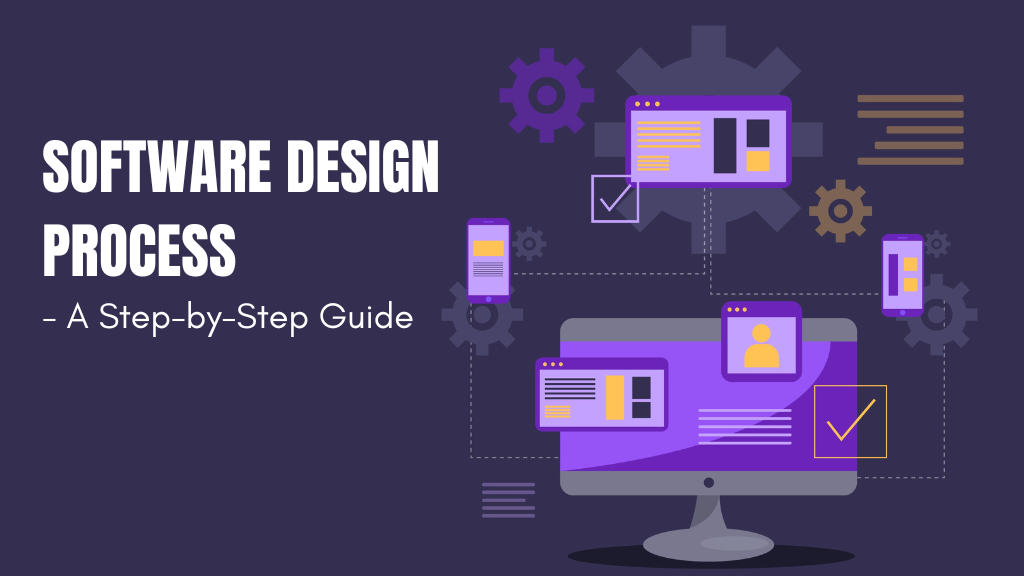Pulse of Information
Your source for the latest insights and updates.
Design Software: Where Creativity Meets Code
Discover the perfect fusion of creativity and code in design software! Unleash your artistic potential and elevate your projects today!
Top 5 Design Software Tools That Bridge Creativity and Coding
In today's digital landscape, the synergy between creativity and coding is more critical than ever. Designers and developers alike are constantly seeking tools that empower them to create visually stunning interfaces while also considering the underlying code. Here are the Top 5 Design Software Tools that successfully bridge this gap:
- Adobe XD - This versatile tool allows designers to create wireframes, prototypes, and user interfaces with ease. Its collaboration features ensure that creative and coding teams can work together seamlessly, enhancing productivity and creativity.
- Figma - Figma stands out for its browser-based interface, enabling real-time collaboration. With its design and prototyping capabilities, it helps teams iterate quickly without losing sight of the code.
- Sketch - A favorite among UI designers, Sketch offers powerful plugins that allow for easy code generation and handoff to developers, thus closing the gap between design and coding.
- Webflow - This tool allows users to design and develop fully responsive websites without writing a single line of code, yet it generates clean HTML, CSS, and JavaScript, making it ideal for both designers and developers.
- InVision - Known for its prototyping capabilities, InVision facilitates the transition from static designs to clickable prototypes, ensuring that both designers and developers have a clear vision of the end product.

How to Choose the Right Design Software for Your Creative Projects
Choosing the right design software for your creative projects is crucial to optimize your workflow and unleash your creative potential. Begin by assessing your specific needs; consider what type of projects you will be working on, such as graphic design, video editing, or web development. Additionally, take into account your skill level. If you're a beginner, you may prefer intuitive tools with a gentle learning curve, while experienced designers might seek advanced features that inspire innovation. Create a list of essential features that suit your requirements and prioritize them to make an informed decision.
Another important factor in selecting design software is compatibility with other tools and platforms. Ensure that the software you choose integrates well with any existing applications or collaborative tools you use. This will enhance your productivity and streamline your creative process. Consider exploring user reviews and trial versions, as they provide valuable insights into the usability and performance of the software. Ultimately, the right design software should not only meet your immediate project needs but also adapt to your evolving creative journey.
Can Code Enhance Your Creative Process? Exploring the Relationship Between Design and Programming
The relationship between design and programming is often seen as dichotomous, yet they are more intertwined than many realize. Code can significantly enhance the creative process by providing designers with the ability to prototype ideas rapidly and visualize concepts in real-time. For instance, tools like HTML and CSS allow designers to create interactive mockups, which can lead to more innovative solutions. Moreover, understanding the basic principles of coding can empower designers to push the boundaries of their creativity, resulting in unique user experiences that marry form and function.
Moreover, embracing programming as a part of the design workflow can open up new avenues for creativity. When designers learn to code, they gain insights into the limitations and possibilities of different technologies. This knowledge can inspire more feasible and imaginative designs. Additionally, through collaboration with developers, designers can refine their ideas, ensuring that the final product not only looks aesthetically pleasing but also operates seamlessly. In essence, the symbiotic relationship between code and design fosters an environment ripe for innovation, pushing the boundaries of what can be created.